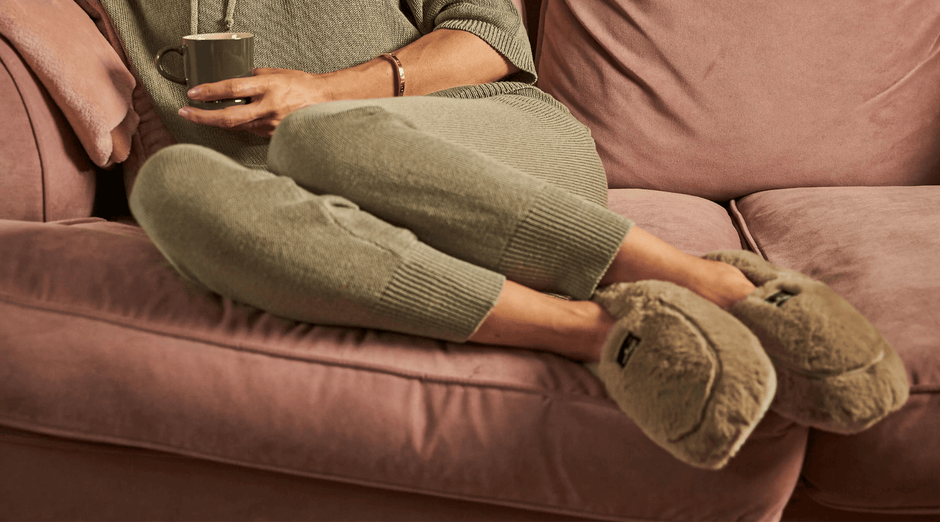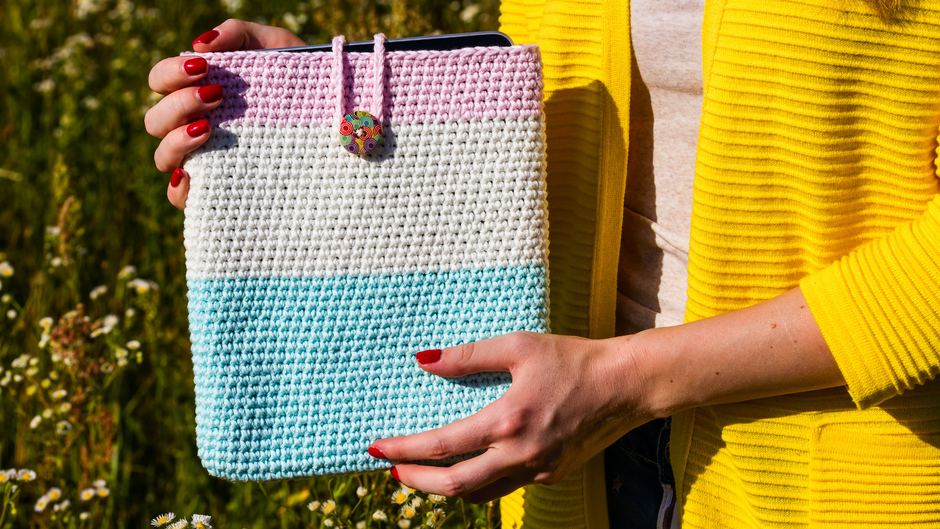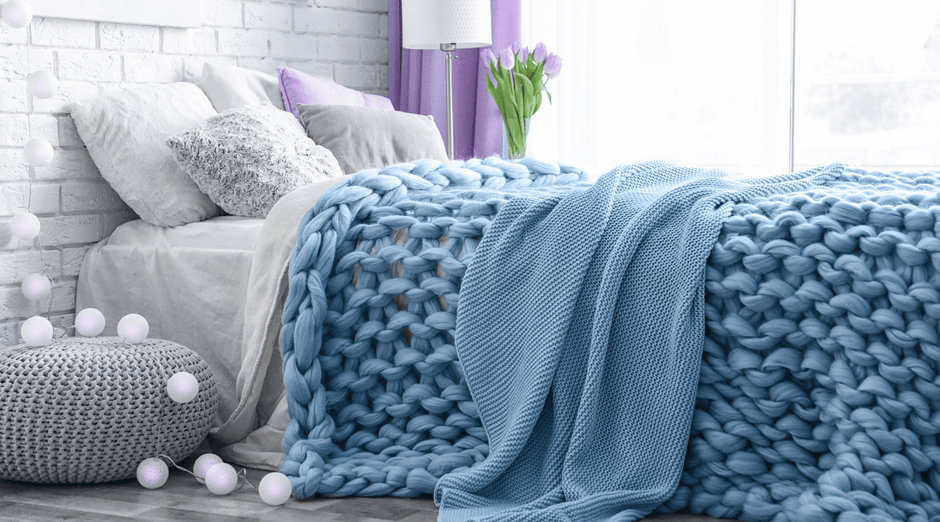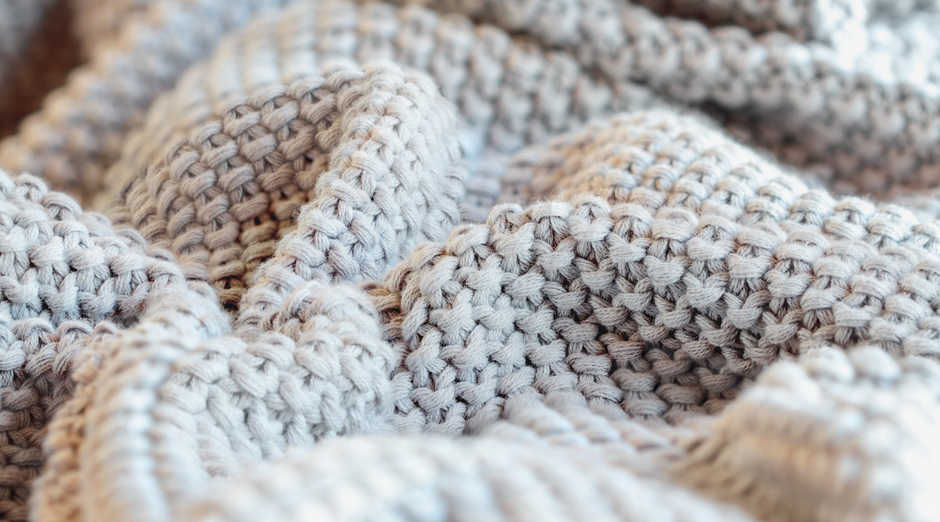We all know that hot water bottles are not just excellent for warmth but also for easing aches and pains. To ensure they last for years, it's crucial to know how to care for them properly. Here are five essential tips.
#1 Don't Use Boiling Water
Avoid using boiling water directly, as it can cause burns or damage the seams. Tap water's impurities may degrade the rubber. Instead, boil water to purify it, then wait for about 15 minutes until it cools to a safe temperature before filling.

#2 Empty After Use
Always empty your hot water bottle after use. Leaving water inside can lead to impurities accumulating, which might degrade the bottle over time.

#3 Keep Away from Children and Pets
Ensure the hot water bottle is not accessible to small children and pets. They might chew on it, which not only damages the bottle but also poses a choking hazard.

#4 Store Safely
When not in use, remove the stopper and store the bottle away from direct heat or sunlight. Ideal storage places include a cupboard or a drawer, but avoid places like airing cupboards or near radiators. Also, don't place heavy items on top of the bottle, as temperature fluctuations can affect its integrity.

#5 Choose Quality and Safety
For optimal safety, invest in high-quality hot water bottles that meet safety standards, such as the British Safety Standard. Look for a daisy symbol or equivalent on your bottle, indicating compliance with these standards.

Alternatively you can watch our video below.
We go to great lengths to ensure that all our hot water bottles are easy-to-use, effective and meet the relevant safety standards. You may also find our essential guide useful if you want to learn more about keeping warm safely.




















